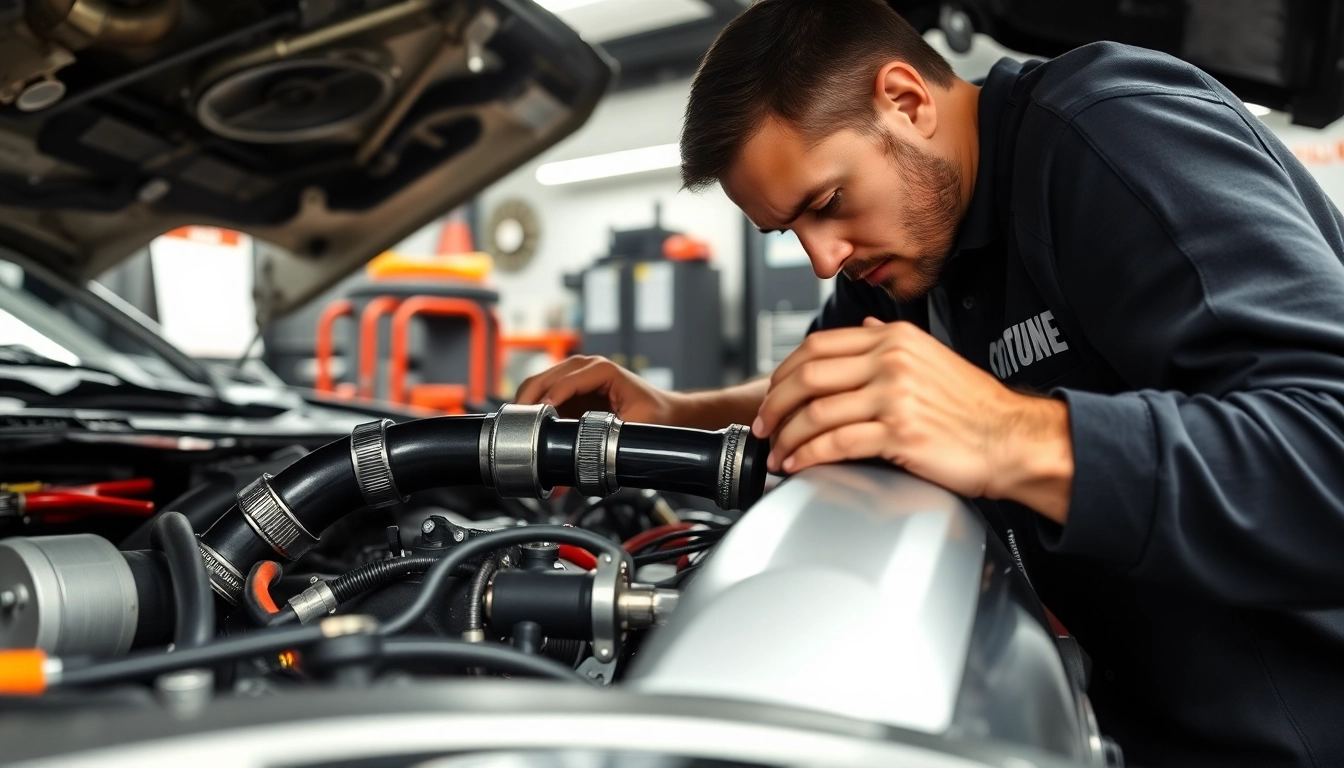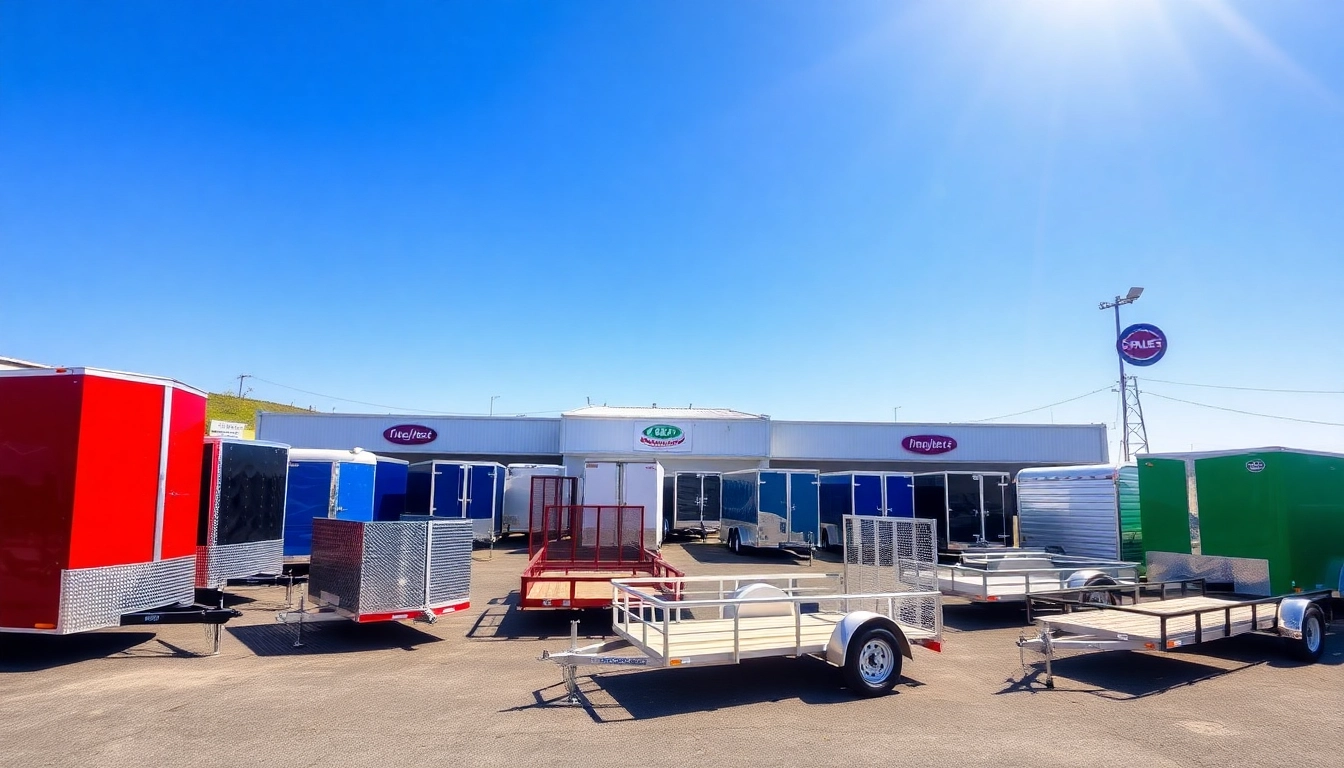Understanding Charge Pipe Kit Basics
What is a Charge Pipe Kit?
A charge pipe kit is a critical component in the forced induction systems of turbocharged and supercharged vehicles. These kits serve to replace the factory-installed charge pipes, which are responsible for directing pressurized air from the turbocharger or supercharger to the engine’s intake manifold. In essence, the charge pipe plays a vital role in ensuring that the engine receives optimal airflow, contributing significantly to overall performance. By upgrading to a high-quality charge pipe kit, vehicle enthusiasts can enhance their engine’s efficiency and response time, ultimately leading to increased horsepower and torque.
Key Components of a Charge Pipe Kit
A typical charge pipe kit consists of several essential components that work together to improve air intake and boost performance. The principal elements include:
- Charge Pipes: These are the actual pipes that replace the OEM components. Made from materials such as aluminum or high-grade plastic, they are engineered to withstand higher pressures and temperatures.
- Hoses and Clamps: These are used to connect the charge pipes to the turbocharger or supercharger and the intake manifold. Quality hoses and clamps ensure that there are no leaks, which is crucial for maintaining boost pressure.
- Silicone Connectors: Often included in charge pipe kits, silicone connectors provide flexibility and durability, accommodating engine movement without compromising performance.
- Installation Hardware: Kits typically come with all necessary hardware for installation, including brackets, bolts, and washers, ensuring a complete overhaul of the intake system.
Benefits of Upgrading to a Charge Pipe Kit
Upgrading to a charge pipe kit comes with several notable benefits:
- Improved Airflow: The enhanced design of aftermarket charge pipes often allows for smoother and larger diameter pathways, resulting in less restriction and improved airflow to the engine.
- Increased Durability: Unlike OEM components, which may be made from lower-grade materials, many aftermarket charge pipes are built to last, offering better resilience against heat and pressure.
- Lower Turbo Lag: By improving the efficiency of air delivery, a charge pipe kit can help reduce turbo lag, allowing for quicker throttle response.
- Enhanced Aesthetics: Many charge pipe kits come with polished finishes and available color options, adding a custom look under the hood.
Essential Tools and Preparation
Necessary Tools for Installation
Installing a charge pipe kit requires several specific tools to ensure a successful installation. The following tools are typically necessary:
- Sockets and Ratchet Set: A complete set of sockets and a ratchet will be essential for removing and installing bolts.
- Torque Wrench: For ensuring that all bolts are tightened to manufacturer specifications.
- Screwdrivers: Both flathead and Phillips screwdrivers may be needed for various fittings and clamps.
- Pliers: Useful for handling hose clamps and tight spaces.
- Cutting Tool: In some cases, a cutting tool may be required if adjusting existing hoses or piping.
- Rubber Mallet: A rubber mallet can help to coax parts into place without damaging them.
Preparing Your Vehicle for the Charge Pipe Kit
Before beginning the installation of a charge pipe kit, it’s crucial to prepare your vehicle properly:
- Gather Tools and Equipment: Ensure all necessary tools are within reach and that you have a clean workspace.
- Disconnect the Battery: Safety first; disconnecting the negative terminal of the battery avoids electrical issues during installation.
- Clear the Engine Bay: Remove any obstructions and clutter in the engine bay to provide adequate space for your work.
Safety Precautions to Consider
Ensuring safety during installation is essential. Consider these precautions:
- Wear Safety Gear: Safety glasses and gloves can help protect against any debris or sharp edges in the engine bay.
- Work in a Well-Ventilated Area: If you’re using any chemical cleaners, ensure good air circulation to prevent inhaling fumes.
- Keep Children and Pets Away: The installation area should be clear of distractions or any beings that might interfere with your work.
Step-by-Step Installation Process
Removing the Old Charge Pipes
The first step in the installation process is to remove the existing charge pipes. Follow these steps:
- Locate the existing charge pipes: Identify where the charge pipes connect to the turbocharger and intake manifold.
- Loosen clamps: Use your screwdriver or pliers to loosen and remove any hose clamps securing the old charge pipes.
- Remove pipes: Carefully pull the old charge pipes away from the turbocharger and intake manifold. If they are stuck, gently twist and wiggle them to break any seals.
Installing the New Charge Pipe Kit
Once the old pipes are removed, you can begin installing your new charge pipe kit:
- Position the new charge pipes: Align the new charge pipes with their respective connection points on the turbocharger and intake manifold.
- Attach clamps and hoses: Secure the new pipes in place using the provided clamps and silicone hoses. Ensure all connections are tight to prevent leaks.
- Check alignment: Ensure that the charge pipes are not pinched and that they are not in contact with any moving parts.
Final Adjustments and Checks
Once the charge pipe kit is installed, perform the following checks:
- Inspect for Leaks: After completing the installation, start your vehicle and check for any air leaks around the connections.
- Tighten Bolts: Use the torque wrench to tighten all bolts to the manufacturer’s specifications.
- Reconnect the Battery: After all checks are completed, reconnect your vehicle’s battery.
Performance Impact of a Charge Pipe Kit
How a Charge Pipe Kit Enhances Engine Efficiency
The performance impact of installing a charge pipe kit can be significant. By allowing a more direct flow of pressurized air to the engine, the charge pipe kit contributes to improved combustion efficiency. This results in better throttle response, increased horsepower, and enhanced torque. Furthermore, with less turbulence in airflow, the engine can operate at a more optimal air-fuel ratio, which is critical for performance tuning.
Comparing OEM vs. Aftermarket Charge Pipe Kits
When considering charge pipes, it’s essential to compare OEM and aftermarket options. OEM parts are specifically designed by the vehicle manufacturer to meet standards but are often limited in performance due to materials and design constraints. In contrast, aftermarket charge pipe kits are developed with performance in mind. They often feature upgraded materials, such as aircraft-grade aluminum or high-flow designs, that can withstand higher boost levels and temperatures, making them an excellent choice for performance upgrades.
Real-World Performance Benefits
The real-world benefits of installing a charge pipe kit can be observed in several ways:
- Increased Horsepower: Many vehicle owners report noticeable increases in horsepower after installing a charge pipe kit, often in the range of 10-20 additional horsepower.
- Boost Retention: Upgraded charge pipes are designed to hold boost better than OEM components, leading to more consistent power delivery.
- Enhanced Engine Response: A direct consequence of improved airflow is the reduction in turbo lag, allowing for faster throttle response and acceleration.
Maintenance and Troubleshooting
Routine Maintenance Tips for Charge Pipe Kits
To keep your charge pipe kit functioning optimally, consider these maintenance tips:
- Regular Inspections: Periodically check for signs of wear or degradation, particularly at the connection points.
- Keep It Clean: Remove any dirt or debris from the charge pipes and connections to prevent restrictions in airflow.
- Monitor Performance: Be attentive to how your vehicle performs and feel for any changes that may indicate issues with airflow or boost retention.
Common Issues and Solutions
Several common issues may arise during or after the installation of a charge pipe kit:
- Air Leaks: If you notice a decrease in performance, it could indicate an air leak. Inspect all connections and clamps to ensure they are secure.
- Installation Errors: If the vehicle is not performing as expected, double-check that all components are installed correctly and in the right orientation.
- Material Fatigue: Over time, components can wear out. If the charge pipes are made from lower-quality materials, consider upgrading to a more durable option.
When to Seek Professional Help
While many DIY enthusiasts are capable of installing a charge pipe kit, some situations may warrant professional assistance:
- Complex Issues: If you encounter significant difficulties or performance problems after installation, a professional can offer diagnostic capabilities that you may lack.
- Limited Experience: If you’re unfamiliar with engine components or feel uncomfortable working under the hood, it’s advisable to consult with an experienced mechanic.
- Custom Fitments: In cases where extensive modification is required for a custom charge pipe kit, seeking expert installation ensures optimal performance and reliability.



